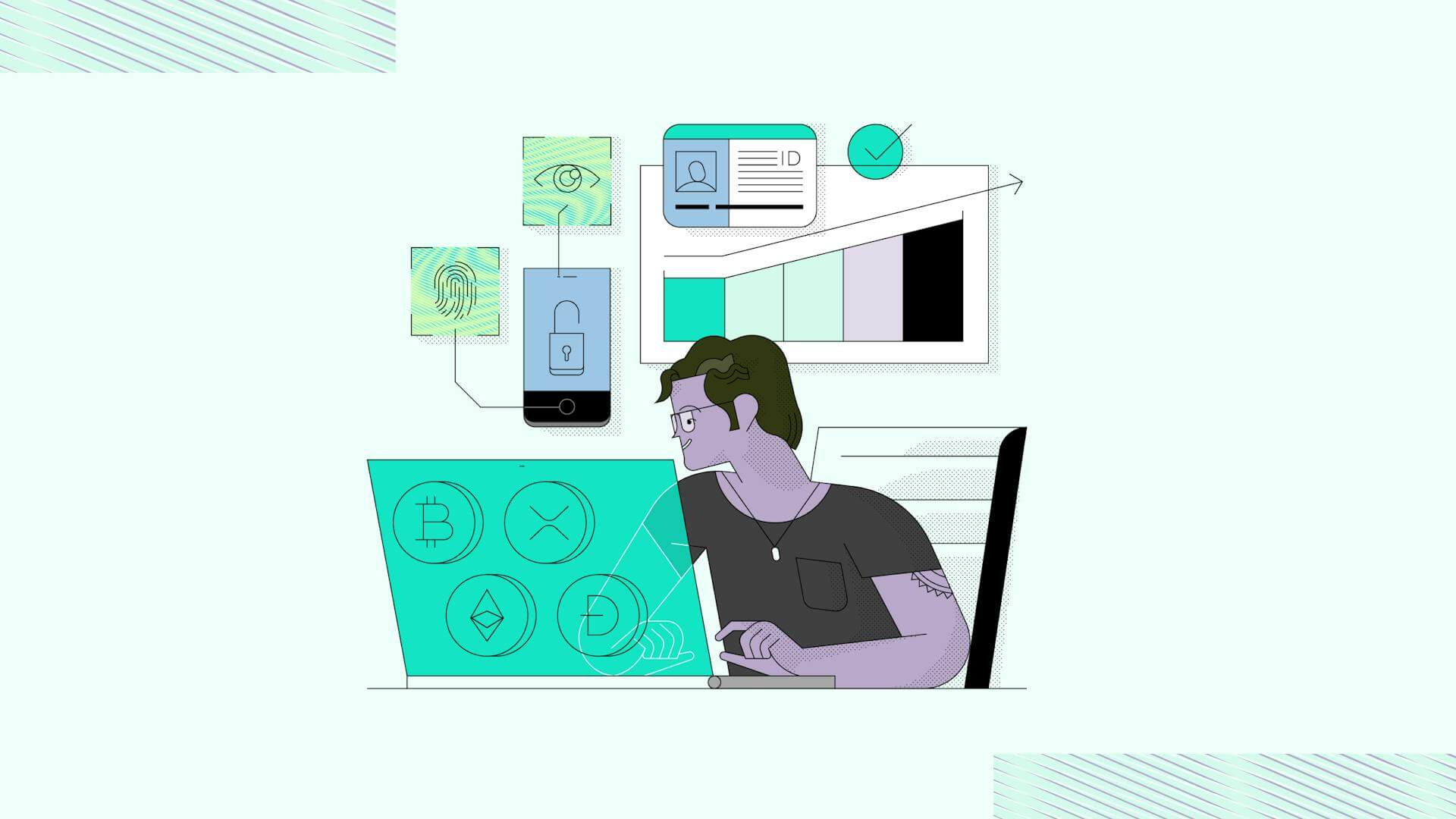Blog Post
Identity verification for solving financial inclusion
In 2010 2.5 billion people around the world lacked access to financial services (McKinsey, 2010). Since then progress has been made, decreasing this number to 1.7 billion in 2017. An additional 15% of the world’s population now has access to banking services. Those of us with consistent access to financial services, a process known as financial inclusion, can’t take it for granted. And there is still a lot of work to do. One critical component to inciting widespread financial inclusion is the ability to verify identities online while keeping fraud to a minimum.

More than just a Bank Account
Financial inclusion is not just having access to a bank account. Affordable insurance, loans, remittances, savings, and investing accounts are all financial services that can make a drastic difference in life quality. Back in 2012, it was estimated that a whopping $15.3 trillion is needed to satisfy life insurance needs in the United States alone. Comparatively, in 2015 7% of people in the United States didn’t have a bank account, a drop from 7.7% in 2013. With each month passing by, more financial services are moved online. In 2019, over 4.3 billion people were connected to the internet with the number growing rapidly. Having access to the global network within our fingertips not only gives online FinTechs a winning edge, but pushes the traditional brick and mortar institutions towards adding an array of digital products into their offering. As Bill Gates has pointed out, it’s not all about planning and making the upgrade towards online banking, but also maintaining a secure transition while we do it.
Digital Bank Jingle Pay Comes to Rescue
Creating access to financial services for the remaining 1.7 billion unbanked people around the world is without a doubt one of the world’s greatest challenges. Luckily new startups emerge on a monthly basis, taking on financial inclusion in different parts of the world. One example is an upcoming neobank super app Jingle Pay, empowering the unbanked population of 168 million people in the Arab Region, with access to a bank account within minutes and an aggregate of financial services, such as Nano Financing and Remittance. Small enterprises in developing markets tend to have difficulties with opening up bank accounts and integrating with a payment service provider. This process can take up to 3 months and requires reserving capital with the banks to get service. Jingle Pay however, is enabling SMEs with an all in one solution where they can get bank accounts and online payment processing to get to market faster without fees and minimum balance requirements.
Secure Identity Verification with Veriff
It’s great to see that financial services are moving to digital platforms, but we need to be mindful about identity verification. As money laundering accounts for approximately 2%-5% of the world’s GDP, we have to be able to verify where the resources come from. Having a scalable identity verification method helps online financial institutions do exactly that. Online identity verification solution providers, like Veriff, can confirm anyone’s identity online, without physical interactions, in less that a minute. Veriff’s end user flow is designed to make it easier for users to convert, while artificial intelligence is leveraged to educate people about IDV in real time. Educating the end-user brings online financial services closer to those in need, which shows the imperative role of ID verification in moving towards financial inclusion.
Detect Digital Fraud
The prevalence and necessity of digital banking broadens access and opportunities for all, but also leaves the door wide open for fraud and bad actors. This throws a wrench in the process of deploying global financial inclusion. Imagine, as an example, an old-school fraud attempt at a physical bank branch, maybe a twin using his sibling’s ID to get a loan – this could only be attempted once. This twin either gets caught, or gets a loan. Taking this process online, fraudsters can easily scale it up and attempt multiple times within a couple of minutes or seconds. Veriff prevents this kind of digital fraud by assigning each verification session a unique fingerprint which is later crosslinked against others. This is one way we can immediately detect recurring fraud attempts, putting a full stop to the scaling process. Fingerprinting and other techniques help us to make online banks like Jingle Pay more trusted and move the world one step closer to financial inclusion.
1 billion people in the world don’t have proof of identity and they are all facing the challenge of financial inclusion. One step to tackle that challenge is digitising more financial products over time. However, we have to be mindful of maintaining proper security, where online ID verification is integral. Providing a seamless verification method, such as Veriff’s solution guided by artificial intelligence in real time, educates end-users and prevents fraud. A simple sign-up process, however leads to a wider use of digitalized financial services, bringing us closer to achieving financial inclusion.














